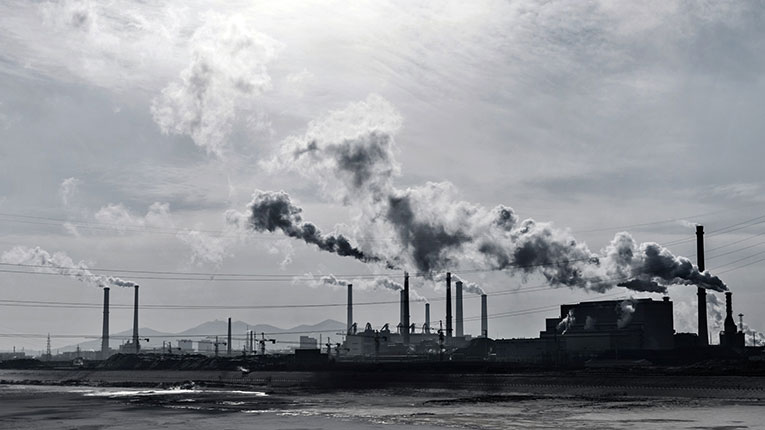In order to keep its producers competitive and to avoid relocating production from the European Union to third countries, the European Commission proposed, this mid-summer, the introduction of a carbon tax applicable to imports of products from highly polluting industries. Thus, all imports of cement, iron and steel, aluminum, fertilizers or electricity from non-EU countries could be taxed per tonne of carbon emitted from 2025. Until then, importers would only be subject to reporting emissions obligations incorporated in imported products. But, in this transition period, companies should not lose sight of the financial impact of the new tax, nor the internal costs of monitoring and reporting, says Mihai Petre, Director, International Trade, EY Romania.
The carbon-based border adjustment mechanism (CBAM) was designed as a tool to combat climate change, which should lead the relevant sectors to modernize and thus reduce their carbon content. The mechanism should guarantee that importers will pay the same carbon price as domestic producers (to whom the European Union Emissions Trading Scheme applies). The measure is not unique. Internationally, for example in California, there is a similar system for certain electricity imports, and Canada and Japan are planning similar initiatives. G20 finance ministers also mentioned the need for closer international coordination on the use of carbon pricing mechanisms.
What does CBAM entail? The draft Regulation implementing the mechanism was published by the Commission in mid-July 2021, and a tax will first be imposed on imports of the five carbon-intensive sectors mentioned.
In short, according to the provisions published by the Commission, CBAM will start with a transitional phase that will start in 2023 and finish at the end of 2025, a stage that should ensure a smooth implementation of the CBAM Regulation. There will be a time when importers could only be subject to emissions reporting obligations in imported products, without being required to pay a duty.
However, in order to be able to report, importers need to obtain information on embedded emissions for CBAM products from non-EU producers. If this information on non-EU producers is not available at the time of import, EU importers will be able to use default CO2 emissions for each product category.
What will happen after the transition period? In principle, as the Regulation currently shows, imports of goods from all third countries (outside EU borders) will be subject to the Carbon Adjustment Mechanism. However, certain third countries participating in the EU ETS allowance trading scheme or having an emissions trading scheme linked to the Union system could be excluded from the mechanism. This is the case for members of the European Economic Area and Switzerland.
In order to cover their carbon emissions at prices corresponding to the current EU carbon price in 2026, importers will have to purchase “CBAM certificates” to cover their actual carbon emissions at prices corresponding to the current EU carbon price. The price of the certificates will be calculated on the basis of the average weekly auction price of EU ETS certificates, expressed in EUR/ton of CO2 emitted. Importers of goods will have to register either individually or through a representative with the national authorities, from where they can also purchase the certificates themselves. At the time of import, in addition to the EORI registration number, the CBAM registration number of the importer or his representative will also be requested.
In order to import goods subject to CBAM into the EU, importers will have to declare by May 31 of each year at the latest the quantity of products and emissions incorporated in these products that were imported into the EU in the previous year. CBAM will help reduce the risk of carbon relocation by encouraging non-EU producers to use greener production processes.
Thus, in addition to the financial impact of the new tax, economic operators should also take into account the internal costs of reporting and keeping records, calculating and documenting emissions, including finding the necessary information from third-country producers, which they would indicate to start worrying right now.
